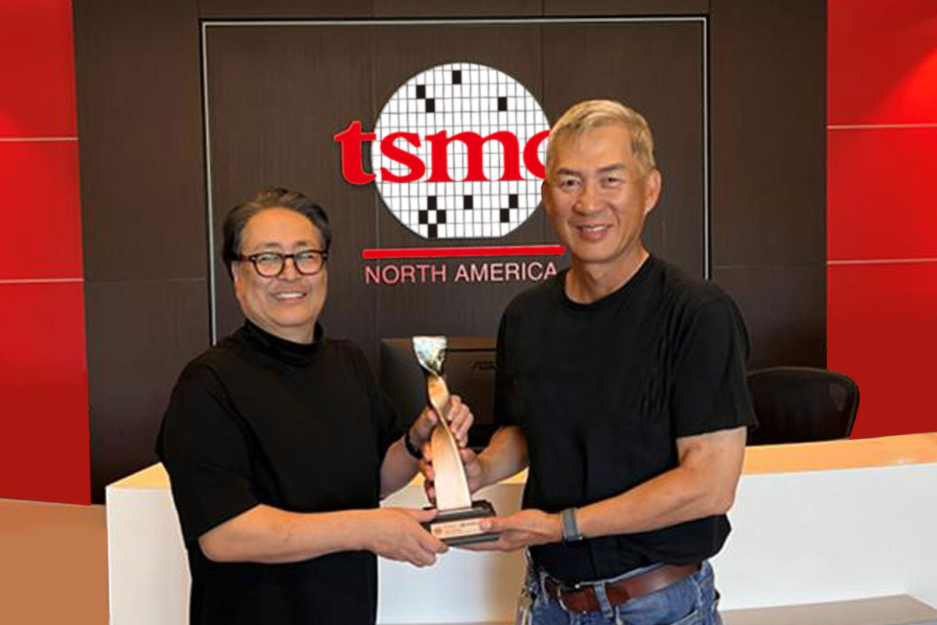Indicators on apollo4 blue plus You Should Know
Indicators on apollo4 blue plus You Should Know
Blog Article

R. Haldeman, through which Safire proposed a protocol the administration may well adhere to in response to this type of disaster.[165][166] Based on the strategy, Mission Control would "near down communications" Using the LM, along with a clergyman would "commend their souls towards the deepest of your deep" in the public ritual likened to burial at sea. The final line of your well prepared text contained an allusion to Rupert Brooke's Earth War I poem "The Soldier".[166]
This freed up at least one Saturn V, permitting the wet workshop to get replaced While using the "dry workshop" concept: the station (now referred to as Skylab) might be developed on the bottom from the surplus Saturn IB 2nd stage and launched atop the very first two Reside levels of a Saturn V.[80] A backup station, constructed from the Saturn V 3rd stage, was built and is particularly now on Exhibit with the Nationwide Air and Space Museum.[eighty one]
The chances are limitless. Because equally endpoint and wise wearable devices are run either by battery or as a result of Vitality-harvesting, Electricity-effective parts and algorithms are demanded for sustainability. Design and style and variety aspect are important for making productive wearable devices that assistance to boost our productiveness, improve our health, and enrich our lifestyle.
“As the industry is shifting to introducing billions of intelligent devices* at endpoints in the coming years, the necessity for Electrical power performance is further than important to sustaining the realization of an IoT planet wherever all the things stays related 24/seven,” mentioned Dan Cermak, VP of Architecture and Item Planning at Ambiq.
This parking orbit was very lower by Earth orbit criteria, and it would've been small-lived as a consequence of aerodynamic drag. For standpoint, The existing ISS orbits at an altitude of about 250 miles (four hundred km), and needs a reboost around after a month. This was not an issue on a lunar mission because of the short remain in the parking orbit.
“Building over the Innovative technologies from Arm and TSMC, our Apollo4 SoC family offers the perfect combination of greater technique capability with significantly minimized power usage for all battery-run endpoint devices.”
This pin were intended to be flown on that mission and specified to Slayton afterwards, but pursuing the disastrous launch pad hearth and subsequent funerals, the widows gave the pin to Slayton. Armstrong took it with him on Apollo 11.[eighty two] Site assortment
Apollo4 Blue 01 Ambiq®, the leader in lower-energy process on chip (SoC) style, has Yet again raised the bar Together with the Apollo4 Blue SoC. With the lowest dynamic and rest manner electrical power that you can buy, the Apollo4 Blue SoC allows designers of upcoming-generation wearables and clever devices to take their modern products to the following level.
The purpose of Apollo four (together with the Saturn V's other uncrewed check flight, Apollo 6) was to qualify the start motor vehicle, the Apollo spacecraft, and the ground programs, for the crewed lunar landing missions that could follow.
Tens of millions of wearables are benefiting from Apollo and Apollo Blue SoCs through increased battery lifestyle and significantly a lot more sophisticated smart processing.
Also, the Apollo3 Blue Plus comes with a devoted next core for your extremely-small energy Bluetooth® Lower Electrical power 5 connectivity platform, delivering top-quality RF throughput and leaving lots of assets obtainable for person applications. The Apollo3 Blue Plus adds two added MSPI modules (three full) and increases the external memory execute-in-area (XiP) aperture from 64MB to 96MB (32MB/MSPI occasion). Other updates involve internal flash from 1MB to 2MB; SRAM from 384KB to 768KB (TCM dimension continues to be at 64KB); as well as GPIO depend from 50 to 74.
[one hundred ten] Mission controllers had planned to send Apollo twelve's S-IVB into photo voltaic orbit immediately after separation with the Apollo spacecraft, however it is believed the burn lasted too extensive, and as a result didn't ship it close enough into the Moon, so it remained in a very hardly stable orbit around the Earth and Moon. In 1971, via a number of gravitational perturbations, it really is believed to have entered inside of a photo voltaic orbit after which returned into weakly captured Earth orbit 31 many years afterwards. It still left Earth orbit once more in June 2003.[111] See also[edit]
The warmth shield was upgraded to dam II standards considering that Apollo four's higher-pace re-entry into Earth's atmosphere was intended to simulate a return with the Moon.[29] Particular devices had been installed to permit Mission Command to operate the CSM's techniques remotely, and there was a digicam that would automatically take images away from one of several CM's Home windows on its last orbit.[30] Given that Apollo four carried no crew the CM lacked couches, controls and displays.[31]
offering the Apollo spacecraft by using a absolutely free-return trajectory, a person that would allow it to coast across the Moon and securely return to Earth without having necessitating any engine firings must a difficulty occur on the best way on the Moon;
Get Smart. Use Less Energy.
Ultra-low power SoCs for IoT endpoint devices
that demand complex operations
and longer battery life.
✍ Ambiq® is committed to further improve the quality of life by enabling the intelligence of endpoints while further reducing carbon footprints. Ambiq – your partner in endpoint intelligence.
✯✯✯Based in Austin, San Jose, Hsinchu, Shenzhen, and Shanghai, our leadership and management teams consist of advocates, builders, enthusiasts, entrepreneurs, explorers, incubators, inventors, pioneers, protectors, thinkers, and visionaries. With a diverse spectrum of experiences and skillset, we came together and united with one goal to enable the true Internet of Things where the battery-powered endpoint devices can truly be connected intuitively and intelligently 24/7.
Ambiq Wins the Demo of the Year Award at 2023 TSMC Technology Symposium
September 7, 2023, Austin, TX – Ambiq®, a leading developer of ultra-low-power semiconductor solutions that deliver a multifold increase in energy efficiency, was awarded the Demo of the Year Award by TSMC as a participant of the Innovation Zone at the 2023 TSMC North America Technology Symposium.
Ambiq Wins the Demo of the Year Award at 2023 TSMC Technology Symposium
During the April event, Ambiq showcased various product design wins using TSMC’s 22nm technology in wearables, digital health, smart home, Industrial IoT, pet trackers, and retail segments, with industry-leading energy efficiency. Ambiq also featured two live demos emphasizing its leadership in enabling endpoint AI with its HeartKit™ for remote patient monitoring and its graphics display capabilities for a vivid user interface. 
TSMC pioneered the pure-play semiconductor foundry business model when it was founded in 1987, helping startup companies accelerate their innovations by providing access to the industry’s leading process technologies and manufacturing capacity. Since 2021, TSMC has expanded that mission with an Innovation Zone at its worldwide Technology Symposiums, highlighting how TSMC partners with startup companies to enable cutting-edge products from various applications, including high-performance computing, communication, automotive, IoT, and consumer segments.
“We’re grateful to TSMC and our booth visitors for allowing us to share our energy-efficient technology and processor solutions with them,” said Ambiq’s CEO, Fumihide Esaka. “We’re moving towards an exciting frontier of AI becoming more engrained with our daily lives. With that vision on the horizon, we will continue to develop innovative and first-of-its-kind ultra-low-powered solutions that keep innovation and sustainability in mind. 
Ambiq’s mission is to develop the lowest-power semiconductor solutions to enable intelligent devices everywhere by developing the lowest-power semiconductor solutions to drive a more energy-efficient, sustainable, and data-driven world. Ambiq has helped leading manufacturers worldwide develop products that last weeks on a single charge (rather than days), while delivering a maximum feature set in compact industrial designs. Ambiq’s goal is to take Artificial Intelligence (AI) where it has never gone before in mobile and portable devices, using Ambiq’s advanced ultra-low power system on chip (SoC) solutions. Ambiq has shipped more than 200 million units as of March 2023.
Ambiq Designs Low-Power for Next Gen Endpoint Devices
Ambiq’s VP of Architecture and Product Planning, Dan Cermak, joins the ipXchange team at CES to discuss how manufacturers can improve their Embedded systems products with ultra-low power. As technology becomes more sophisticated, energy consumption continues to grow. Here Dan outlines how Ambiq stays ahead of the curve by planning for energy requirements 5 years in advance.
Ambiq Highlights From Embedded World 2024
Facebook | Linkedin | Twitter | YouTube